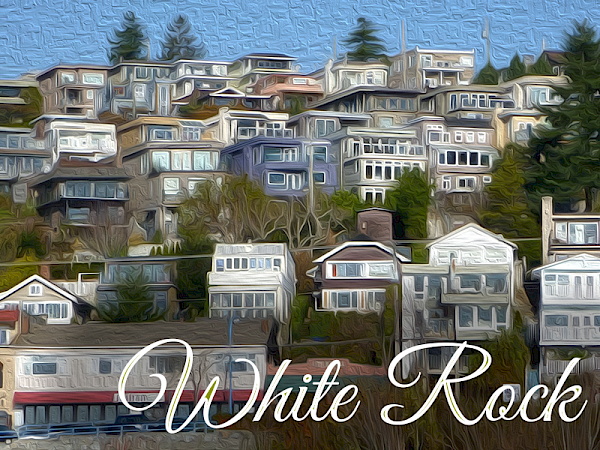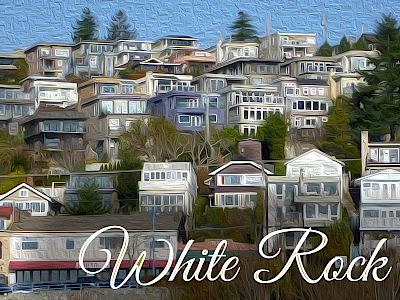Home Inspections in White Rock - Uniquely found
 White Rock is one of the most sought after neighborhoods in the Lower Mainland, and its mix of young families, professionals and retirees, artists and local home-based businesses make it one of the most livable areas of Canada. Over the past 10 years, the area of White Rock has really changed, as many older houses have given way to newer development.
White Rock is one of the most sought after neighborhoods in the Lower Mainland, and its mix of young families, professionals and retirees, artists and local home-based businesses make it one of the most livable areas of Canada. Over the past 10 years, the area of White Rock has really changed, as many older houses have given way to newer development.
Some of the unique things you might find in a White Rock Home Inspection:
A quick look at the hillside of White Rock, from the pier tells you that flat roofs and California coastline architecture and unique designs are more common here than in almost any other neighborhood in the Greater Vancouver area. Perhaps West Vancouver and North Vancouver by the water comes close in comparison.
Components that are unique in a White Rock home inspection that may be found to be in need of repair or upgrades that I find:
- Flat Roofs: There are several options that are found: from modified bitumen - commonly called tar and gravel. Torch-down membrane has replaced tar-and gravel as an option. Composed of a combination of asphalt and resin, it is highly resistant to damage from the weather, debris, pests, and rot. In the wet climate of the Lower Mainland and Vancouver, it is your best choice for long lasting roof protection. Other types we may see (more limited) are PVC and single ply EPDM, and spray applied roof coating.
- Older Homes: These are becoming more rare as the 1950-60 summer homes are giving way to larger family homes. However, there’s a few items that I might find in an older home that need attention.
Asbestos (around heating components) Asbestos was used primarily as a fire retardant. It performed well as an insulating material too. So it was a common practice to use asbestos on the heating system to protect the surrounding wood and insulate ducts. It was also added to the “popcorn” ceiling texture to make it less flammable. Another compound that is no longer used is lead. Lead was used in virtually all house paint up until it was banned as an additive in 1978. Typically if the paint is in good condition and not peeling, you can simply paint over it and seal it. If, however, the paint is peeling or flaking, your inspector may recommend testing or at least a professional paint job to seal the paint and reduce the risk of exposure to lead.
Another item to check of course - especially if the house is one of the 1970s early 80’s is aluminum wiring. If I do find it, I’ll discuss with the potential purchaser the state of the system, and what needs to be remedied, if there are found to be problems. - Damaged/deteriorated posts and piers. Sundecks are very common in this neighbourhood, especially when they afford a view. It’s good to especially inspect posts and piers for sunset-viewing sundecks for deterioration.
- I quite often see houses that have lots of stairs leading to the home, and some of them have handrails that aren’t in great shape, or are very difficult for an older or disabled person to use with ease.
Just like a car, parts in a house wear out. You should expect that some items will be worn, and I may recommend repair or replacement. Many systems will not comply with today’s building codes and it is not the responsibility of the seller to bring them up to today’s standards. These can include roofing, plumbing fixtures, heating and cooling systems, windows, electrical, appliances, etc. So when buying an older house, take these things in stride.
As a home inspector, I do not “pass or fail” a home. That’s one of the most important reasons why I prefer to have a client accompany me while we go through the home together. I’ll be pointing out the unique — good and bad, in your potential investment.

